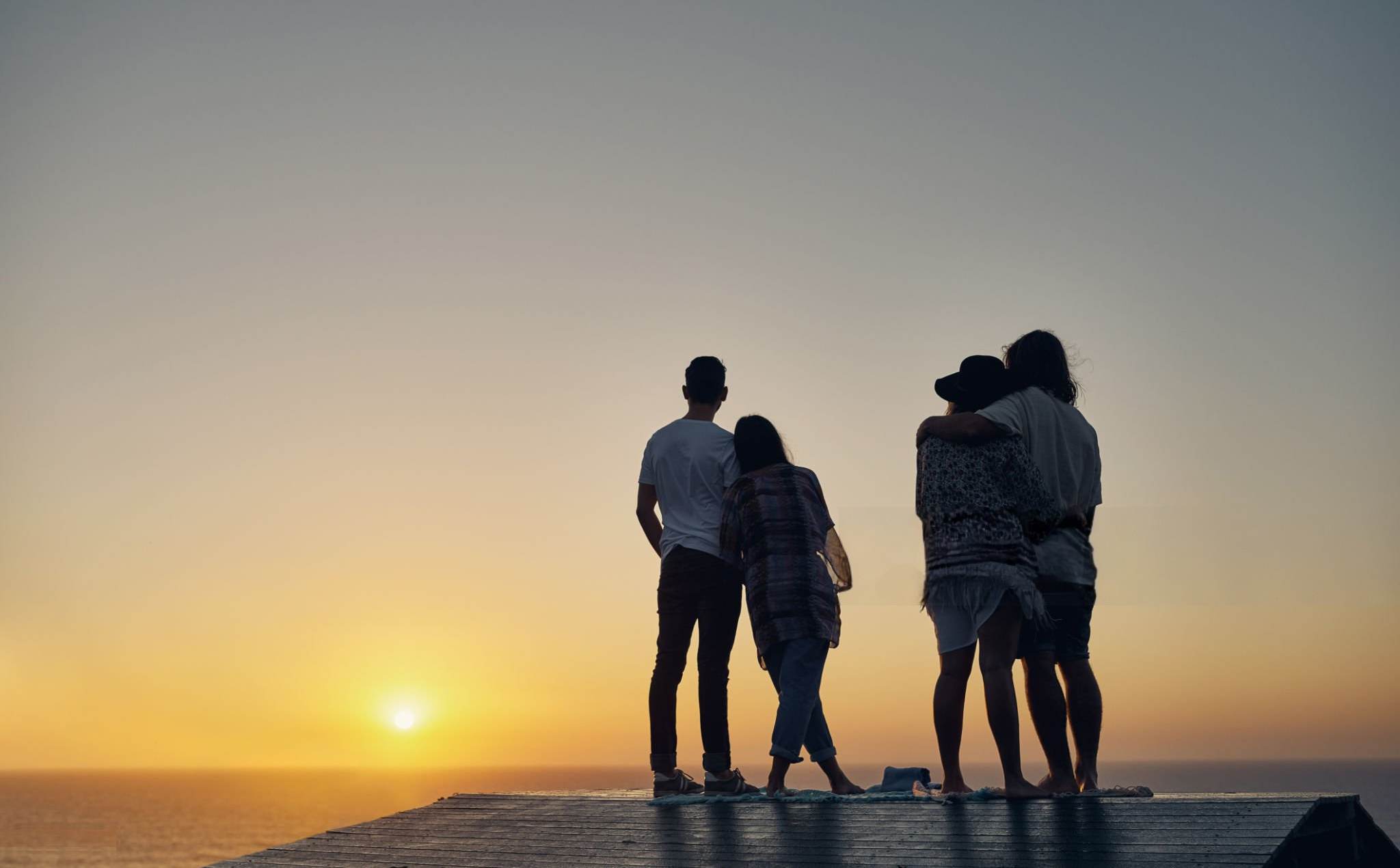FAQs
Most of your questions can be answered right here. Of course, our support team is available 24/7 if you need any further assistance.

What is the process for partner swapping?
- Become a member
- Submit your profile
- Browse and select potential matches
- Communicate online
- Meet in person
What are the membership privileges?
We offer two types of memberships: Basic and Premium.
- Basic members cannot actively choose partners; they can only be selected by Premium members.
- Premium members have full access and can freely choose from all available members.
What is the membership pricing?
Membership fees vary slightly depending on your country and city. Basic membership is more affordable than Premium. For exact pricing, please contact our customer service team.
What if I can’t find a suitable match after becoming a member?
If you’re a Premium member and unable to find a suitable match within the specified period (usually 3 months), you’re eligible for a refund (excluding a small transaction fee). Basic members are not eligible for refunds.
What if the couple I’m matched with doesn’t seem compatible?
If either party feels there’s no compatibility—after online or in-person interaction—we offer free rematching. Each member is allowed up to three unconditional rejections. After that, you can either renew at half the Premium rate or downgrade to Basic membership.
If I’ve already completed one successful swap, do I have to pay again to find a new match?
Yes. Both Premium and Basic members who wish to start a new matching process after a successful swap can do so by paying half of the original membership fee. Your previous membership privileges will remain intact.
I’m a Premium member—can I keep my profile private?
Yes. If you’re a Premium member and prefer not to have your profile visible to others, you can request our support team to hide it. However, once hidden, you’ll no longer be eligible for a refund.
What payment methods are accepted?
We strongly recommend using USDT (Tether) for payment, which comes with a 10% discount. We also support common local payment methods, but those do not qualify for the discount.
